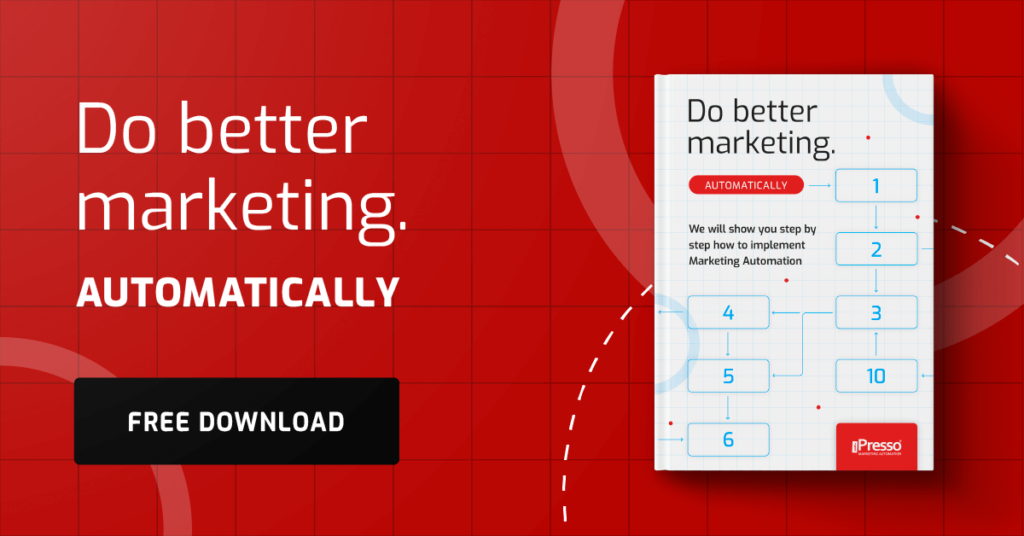How to deal with soft and hard bounces in email marketing

Email marketing can be a very effective marketing tool. But there is one stipulation – your emails need to actually reach the recipient. And unfortunately, that’s not always the case. When your email cannot reach its destination, you’re dealing with a bounce. There can be different bounces depending on the reasons – we usually refer to them as soft and hard bounces. What can you do about them? Let’s have a look!
Newsletters, remarketing, promo codes, technical notifications, there are so many reasons to use email in marketing and sales-related communication with your customers and users! But what if your emails cannot reach their destination? All your work is in vain; if the email is not opened, the recipient will not be able to respond or interact with whatever it is you want to tell them.
If that’s the case in your business, what are your options? Let’s have a look because the solution depends on the type of bounce you’re dealing with.
What are soft bounces in email marketing?
The first type of bounce, commonly known as soft bounce, refers to a temporary delivery failure. Long story short, this type of bounce means that the email address is correct and the email server is generally ready to accept the message, but for various reasons, it cannot do so at the moment. There are several typical reasons why soft bounces happen:
- The recipient’s inbox is at capacity, and there’s no room for more email (keep in mind that especially company mailboxes have storage limits imposed by hosting companies)
- The email server is temporarily unavailable (surely, you’ve seen notifications saying something along the lines of “Delivery to the following recipient has been delayed”; that’s a soft bounce)
- Your email is temporarily blocked by anti-spam algorithms (the recipient needs to accept such a message or flag it as spam)
Soft bounces happen and they are not necessarily your fault. However, if you see them quite often, it may need that the recipient provided you with a “spammy” email address that they don’t really use on a regular basis.
How to deal with soft bounces
The truth is that usually, the reason for the soft bounce is on the recipient’s end. However, there are a few things you can do to minimize the number of soft bounces:
- Monitor bounces: Reach out to your email/hosting provider and ask them for bounce reports. They should provide you with more information on how often those bounces happen and why.
- Try resending your email manually: Some inboxes automatically retry delivering soft-bounced emails. However, you can still try to resend them manually (at least 24 hours after the first attempt). However, don’t keep resending to the same address indefinitely. Usually, three or four attempts are enough.
- Clean your email list: If some email addresses soft bounce regularly, consider removing them from your mailing list.
- Educate your subscribers: Ask your customers/users to whitelist your email address and suggest them to regularly check (and clean) their email.
What are hard bounces in email marketing?
A hard bounce occurs when an email is permanently undeliverable. A hard bounce is a permanent issue that will not be solved over time. Usually, they indicate that there’s something wrong with your or your recipient’s mailbox. Typical reasons involve:
- The recipient’s email address does not exist (look for typos and fake email addresses)
- The domain name is incorrect or doesn’t exist (the same problem, look for typos in the domain name, e.g., gamil instead of gmail)
- The recipient’s email server blocked your address and/or flagged it as spam
You want to avoid hard bounces at all times because they can adversely affect the deliverability of your emails. Here are your options.
How to deal with hard bounces
- If an email address hard bounces, remove it immediately from your list (or fix it if it contains some typos)
- Use double opt-in: Send confirmation emails with special links or codes that your subscribers need to click in order to be added to your list; double opt-in eliminates the fake email problem.
- Clean your list regularly: It’s vital to remove inactive subscribers regularly or conduct remarketing campaigns to clean your list.
- Use email verification tools: Tools such as ZeroBounce or NeverBounce help you verify your mailing lists and remove inactive or non-existent emails from your list before you send the actual message.
Soft bounce vs. Hard bounce: Comparison
| Soft bounce | Hard bounce |
| Temporary problem | Permanent problem |
| The user’s inbox is full | The email address is incorrect/doesn’t exist |
| The recipient’s server is temporarily unavailable | The domain name is incorrect |
| Your email has been temporarily flagged by the server | The recipient’s server blocked your email |
Other best practices to avoid bounces
Apart from the things we’ve mentioned so far, there are a few other best practices you can implement to ensure your emails don’t bounce (or bounce rarely).
Implement double opt-in
Double opt-in not only verifies that the email is valid but also confirms that the user wants to receive your marketing emails. This improves engagement and lowers bounce rates.
Regularly clean your email marketing list
Regularly clean your list by removing inactive users and re-validating old email addresses (do so at least once a year).
Monitor your sender’s reputation
We discussed this question in this blog post: 6 tips to prevent your email from landing in spam. Read it to find out more!
Avoid spammy content and subject lines
Make sure your emails are transparent, look professional, and are not misleading. Excessive elements such as colorful font, exclamation marks, vague subject lines, etc., can easily make your email look like spam, which will likely trigger anti-spam systems.
Authenticate your mailbox
Make sure your domain contains SPF, DKIM, and DMARC records that authenticate it and increase the deliverability of your emails. Ask your hosting provider for details on how to do so. We mention this question in the linked article as well.
Always provide an easy way to unsubscribe
All privacy laws around the world require you to provide users with an easy unsubscribe mechanism. Using it confirms that you are a reputable sender, which can also lower the bounce rate.
Wrapping up: Lower your bounce rate with iPresso!
There is one more tip we want to share: A good mailing system also helps you lower the bounce rate and increase the deliverability rate. And this is where iPresso can be very helpful. Our mailing system is fully GDPR-compliant and with other tools that we offer (e.g., contact database management), you can create a comprehensive marketing ecosystem, where everything works like a well-oiled machine!
Would you like to find out more? Send us this short brief, and we’ll get back to you with a personalized free demo of our marketing automation platform!



